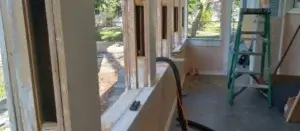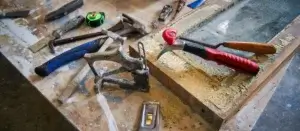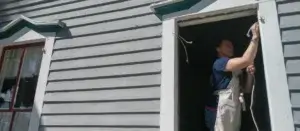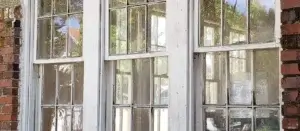Do you ever watch the TV show Survivor where they throw a bunch of people into a wilderness to compete in various challenges? Yet before any of the games, one of the first things the contestants do is make a hut. What kind of hut do they make? The best they can come up with with the tools and materials they have available at the time. Even in competition with one another, they don’t intentionally sabotage their shelter, build it so that it fails. Building a shelter is hard. They don’t want to do it again. If what they do fails, they work to eliminate their failure points. Why? Because they have other things they want to do! The better they make their hut, the more they can concentrate on other things.
Perhaps you’re familiar with the phrase, “planned obsolescence.” If you aren’t, then surely you’ve experienced an item going bad just after the warranty expires. Your refrigerator, phone, car…. That’s planned obsolescence. It’s intentional sabotage. We just bought another planned obsolescence kitchen trash can – the kind with the foot pedal to lift the lid, that wears out and breaks? We’ve bought expensive ones, middle priced ones, cheap ones and lid always wears out. So we went with the cheap one this time.
Learn more about Planned Obsolescence by clicking here
What is the opposite of planned obsolescence? Try and imagine a kitchen trash can that didn’t wear out, or at least one that could be serviced. Ha. No such thing. Was there ever a time when this wasn’t a thing? If so, what we’re we doing then, and how were we living? Getting along?
Self-Maintenance
Ponder another question for a minute. When was it that the last of the cars were made with the assumption that owners would do their own maintenance? And what do you call something built in such a way that people could actually work on it? Is there such a word, phrase or description in our vocabulary?
I used to have a 1980 Chevrolet 3/4 ton work truck with a standard transmission I paid $1500 for. I used to change my own oil and spark plugs. I knew how to adjust the timing between the distributor and the motor – I had one of those things called a timing lights. I rebuilt my carburetor, changed my brakes, overhauled my heads, reseated my valves, dropped the transmission, changed the clutch and replaced the starter – and I was by no means a “car person” like some of my friends.
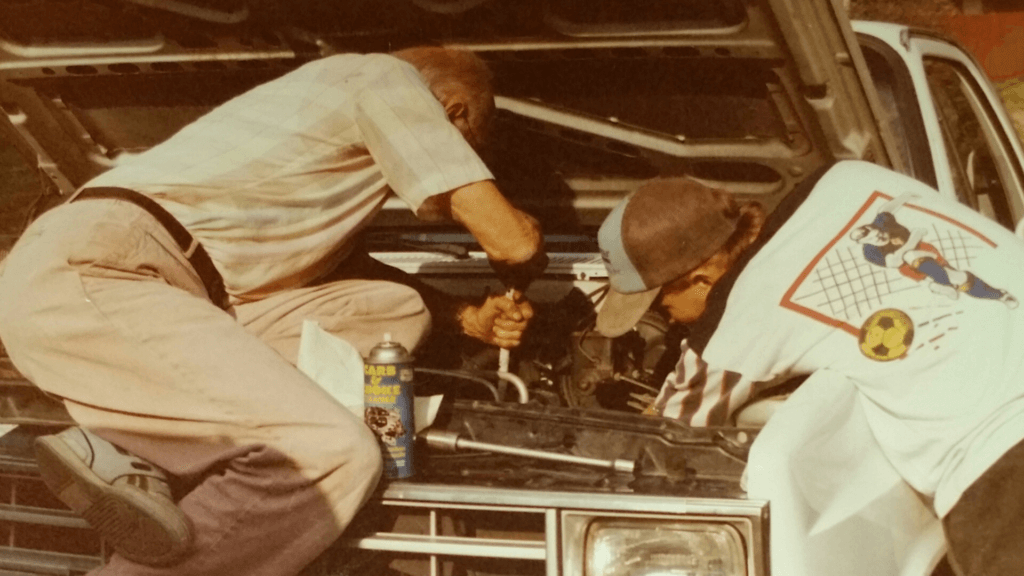
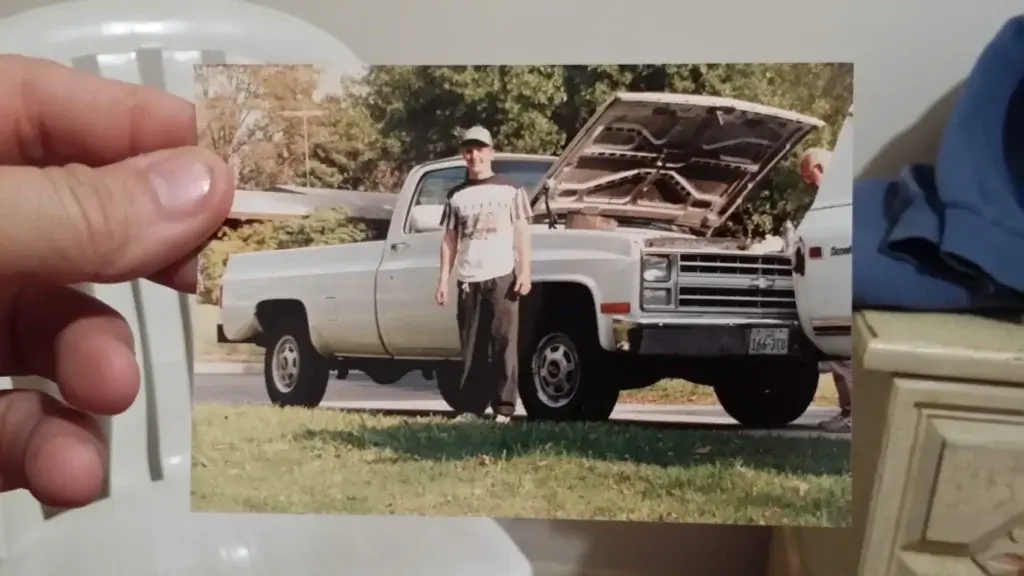
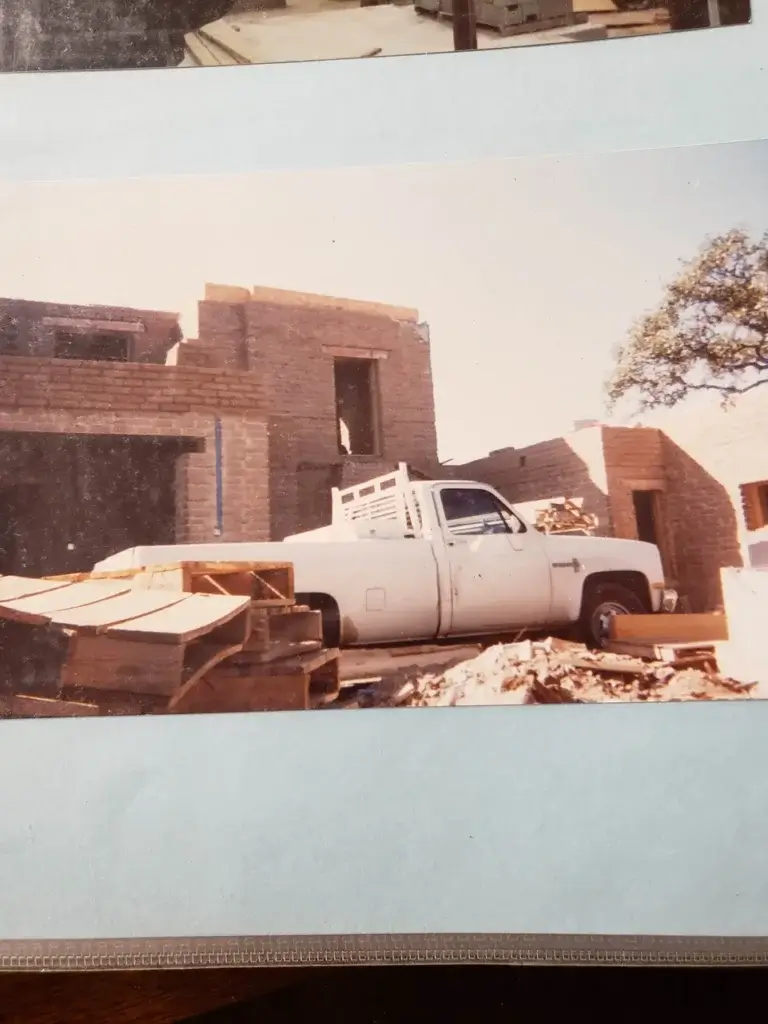
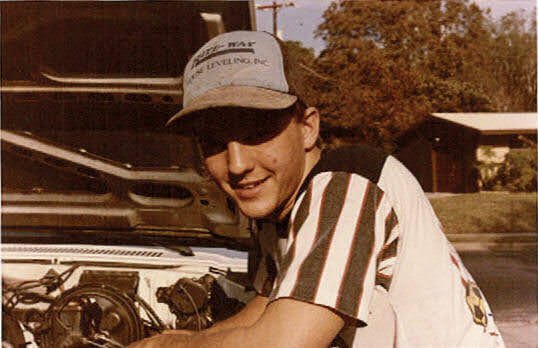
I think I was able to do that because this was a time, and it wasn’t too long ago, when the solutions to problems sort of “presented themselves.” The bolts to my starter were easily accessible, for example. I could change the air filter with a few turns of a wing nut. Not that solutions were always entirely that obvious or easy, but for those harder things we had manuals. Chilton’s I think was the name?
When did this self sufficiency leave us? At what point did we stop doing it ourselves and start relying on solutions that only others could provide and stop figuring things out for ourselves?
Broken Solution Brokers
Could it be that we as a society have painted ourselves into a corner of reliance upon external solutions that we have little or no control over, and almost no way to get out of? We buy things that bring us ease and comfort, only to become addicted to our suppliers. We unwittingly chain ourselves to the very things we believe we are freed by. We are indeed free to choose what we are choosing, but most often don’t see the planned, end result of our choices. We are too short sighted. We are our own sabotage because we not only allow it, we ask for and pay for it with our own hard earned money.
And what is the planned end result if it isn’t to have us coming back again and again, subservient to the intentionally broken solutions provided for us? We go out and work to gather income only to pay our solution “brokers” their fee again and again – subscription model. The provided solutions to our relative discomfort expire and we have to buy another solution to stay comfortable. Our discomfort surfaces, we drop a coin into the slot and out pops another metered, temporary, pre-broken solution, like trained rats pressing on a lever to get a morsel.

Off we go for a time in our new car, custom clothes, programmed phones, subscribed to the latest app to keep our attention on the solution brokers rather than looking internally into our own selves, to our own genius.
When did we stop trusting ourselves? In our own instincts? When did we stop believing in our own abilities?
Now that we are immersed in the age of planned obsolescence, what has happened to the relevance of our own solutions? Our usefulness as individuals?
I believe it’s still there, finding it’s way to express itself in new ways all the time. The DIY culture is strong. But there once was a time, not too long ago where self sufficiency was wired deeply in our culture.
Wow. It was just hundred years ago that humanity was building with inevitable greatness in mind! The triumphs of the accomplishments our species emerged through thousands of years of trial end error, keeping what worked and discarding what was obsolete, evolved and emerged to be built out at scale with….
Innate Perpetuality
And here it is – this is what was going on in the psyche of our culture before planned obsolescence took hold. Humanity was building at scale with this idea in mind that I’m calling INNATE PERPETUALITY a phrase to describe what had culminated in the mind, psyche, spirit and. culture of the masses of humanity at the turn of the century. Innate perpetuality is the idea that we’ll make the work of our hands last as long as humanly possible, and where something fails, we’ll correct it, eliminate the unnecessary and superfluous and make it better.

Innate perpetuality is the human tendency to make the Survivor hut last as long as possible and improve on the design every chance we get.
It was with innate perpetuality that the windows I work on were made – and that is what makes them not only great, but archetypal. If you use them, or even look at them for any length of time, it becomes obvious how they work. The solutions sort of present themselves. When I first started working on them, I’d take them all apart from the outside. It was a mess.
It didn’t take long for me to discover a little door on the window interior that hinted to me – skip all of that other mess I was making. That’s like the wing nut on the air filter of my old truck. It was placed there for a reason.
Innovation after innovation, year after year, nobody, whether individual or organizational entity as been able to come up with anything that renders this universal design fundamentally obsolete. Innovations come and go, but nobody anywhere has been able to come up with a better, longer lasting, more user friendly model of a window than the turn of the century double hung window.
These windows are like my truck, designed to be worked on and kept in service. Designed so that an average person could step in and keep it going. And it wasn’t an intentional plan – it was organic, emerging naturally with the way humanity is wired.
It is this tendency toward human greatness, this mindset of innate perpetuality, that planned obsolescence was introduced to interrupt, so that something, whether it was invented by humans or simply emerged through humans, yet actually not human, could not just survive, but take over.

